Integration of IoT in Transportation Systems
The integration of Internet of Things (IoT) technologies into transportation systems is emerging as a key driver for the route optimization-software market in Germany. IoT devices enable real-time tracking of vehicles and shipments, providing valuable data that can be utilized for route optimization. This integration allows companies to make informed decisions based on live traffic conditions, weather patterns, and vehicle performance. As the IoT ecosystem expands, the demand for software solutions that can effectively analyze and utilize this data is likely to increase. The route optimization-software market is expected to benefit from this trend, as businesses seek to leverage IoT capabilities to enhance their operational efficiency and reduce costs.
Rising Demand for Efficient Logistics Solutions
The route optimization-software market in Germany is experiencing a notable surge in demand for efficient logistics solutions. This trend is driven by the increasing need for businesses to streamline their supply chain operations and reduce transportation costs. According to recent data, logistics costs account for approximately 7.5% of the GDP in Germany, highlighting the critical importance of optimizing routes to enhance operational efficiency. Companies are increasingly adopting software solutions that provide real-time route planning and optimization capabilities, which can lead to significant savings in fuel consumption and time. As the logistics sector continues to evolve, the route optimization-software market is expected to expand, catering to the growing need for innovative solutions that enhance delivery performance and customer satisfaction.
Focus on Cost Reduction and Operational Efficiency
In the competitive landscape of the German logistics industry, there is a pronounced focus on cost reduction and operational efficiency, which is driving the route optimization-software market. Companies are increasingly recognizing that optimizing delivery routes can lead to substantial savings in fuel costs and labor expenses. The potential for reducing operational costs by up to 20% through effective route planning is compelling for many businesses. As a result, the adoption of route optimization software is becoming a strategic priority for organizations aiming to enhance their profitability. This trend is likely to continue, with the market expected to grow as more companies seek to implement solutions that align with their cost-saving objectives.
Growing E-commerce Sector and Last-Mile Delivery Needs
The rapid growth of the e-commerce sector in Germany is significantly influencing the route optimization-software market. With online shopping becoming increasingly popular, businesses are facing heightened pressure to optimize last-mile delivery operations. Efficient route planning is essential for meeting customer expectations regarding delivery speed and reliability. As e-commerce sales continue to rise, companies are investing in route optimization software to enhance their delivery capabilities. This trend is expected to drive market growth, as businesses seek to improve their logistics efficiency and reduce delivery times. The route optimization-software market is likely to see a substantial increase in demand, potentially reaching a market value of €500 million by 2027.
Government Initiatives Supporting Digital Transformation
In Germany, government initiatives aimed at promoting digital transformation are significantly impacting the route optimization-software market. The German government has launched various programs to encourage the adoption of digital technologies across industries, including logistics and transportation. These initiatives often provide financial incentives and support for companies investing in advanced software solutions. As a result, businesses are increasingly integrating route optimization software into their operations to comply with regulatory requirements and improve efficiency. The market is projected to grow as more companies recognize the benefits of digital tools in enhancing their logistics capabilities, potentially leading to a 15% increase in software adoption rates over the next few years.


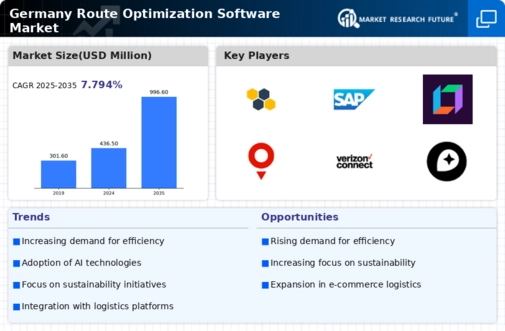
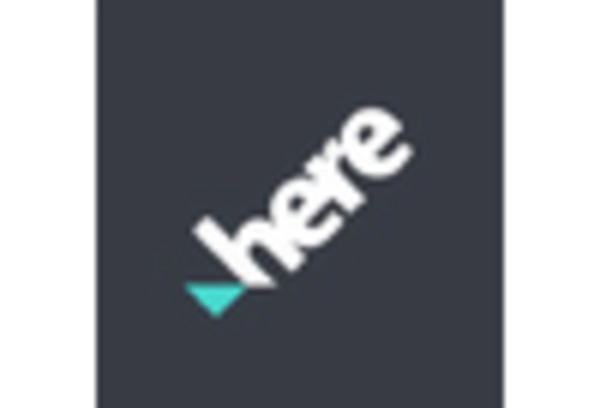

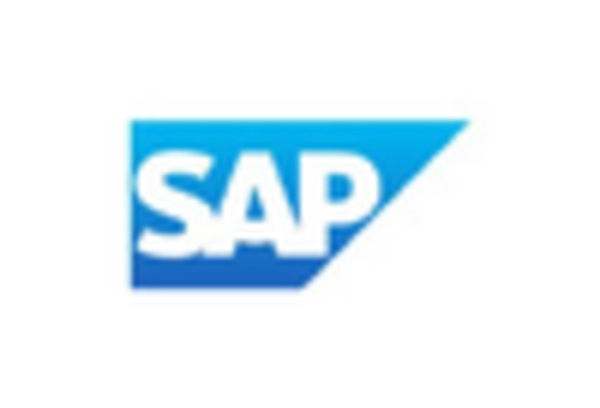
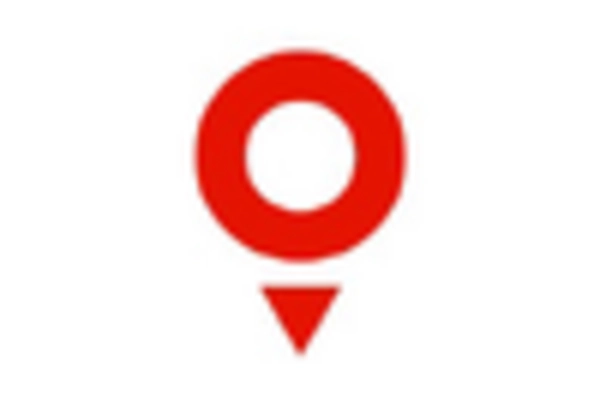
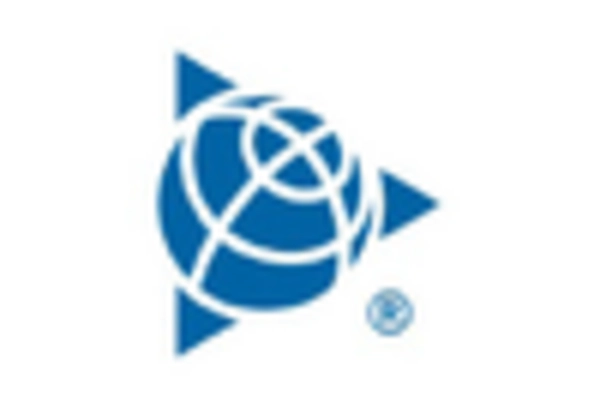









Leave a Comment